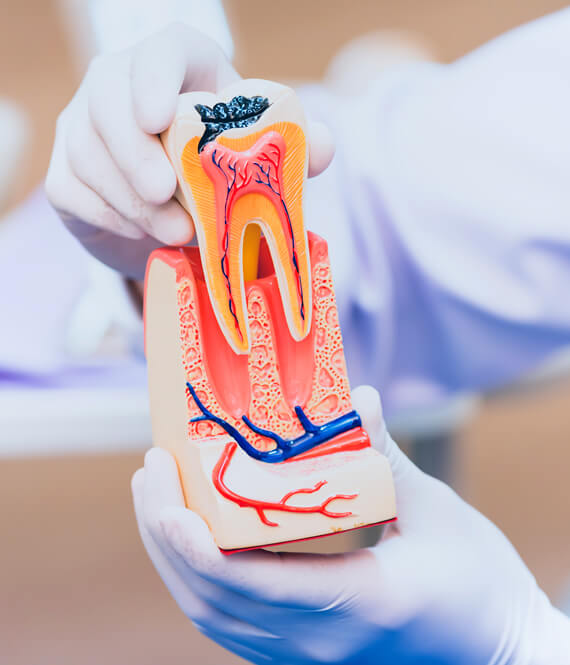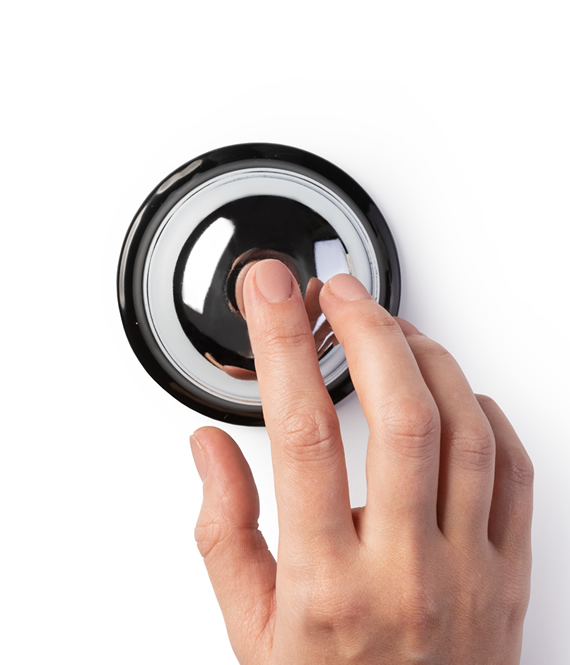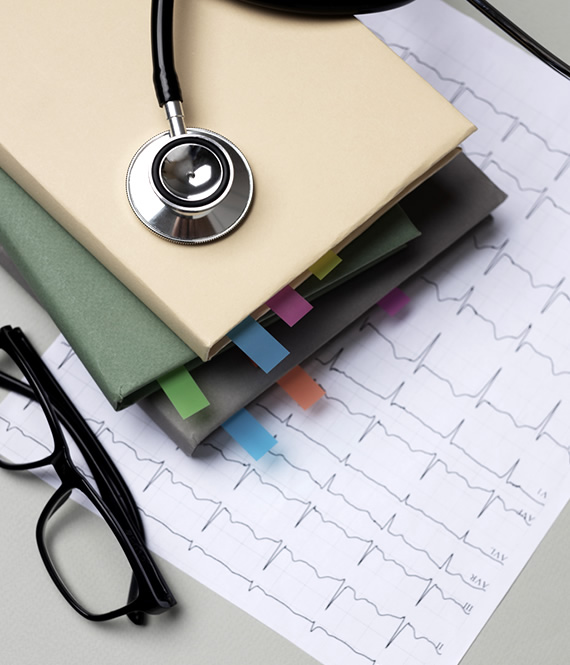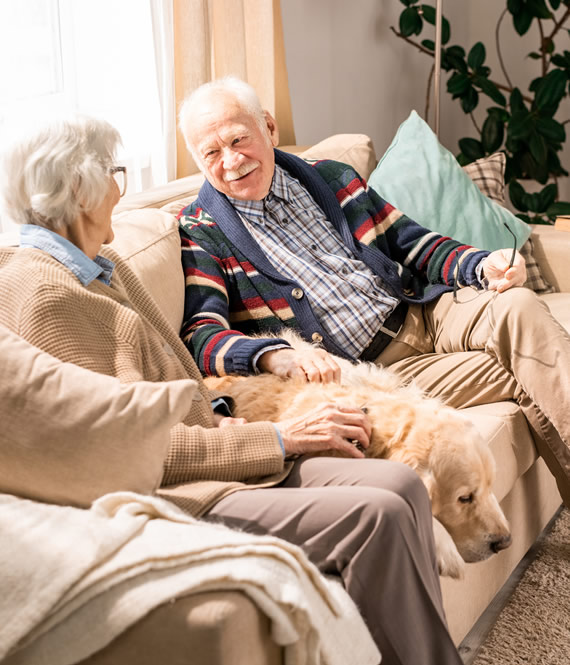
6 First Aid Tips To Remember During Car Accidents
We recommend helpful products in our articles. Read our full disclosure here. The content on this website is not intended to be a substitute for professional advice, diagnosis, or treatment.
Car accidents are always abrupt and unpredictable.
Preparing for such emergencies is crucial since you never know when they’ll happen.
The best way to prepare for car accidents is by learning first-aid techniques and tips like treating shock and common minor injuries so that you’re ready when they occur.
Due to the frequency of car accidents, you may soon find yourself in one or be a witness, with no choice but to assist the victims.
Therefore, carrying first aid tools in your car is a wise practice.
Sites like sammedical.com stock wide-ranging supplies you can use during emergencies, including splints, slings, tourniquets, bleeding control kits, and wound-dressing bandages.
Besides having a first aid kit, it helps to know what to do during such emergencies.
Here are some first-aid tips to remember.
Check For Danger And Injuries
After an accident, the first thing to do is to assess the victims for injuries or bruises.
If they’re bleeding, you’d want to stop it immediately because excessive blood loss can lead to weakness, dizziness, shock, breathing difficulties, and even death.
Cover the wound with sterile gauze, pressing it firmly with the palm of your hand until the blood stops oozing out.
If it’s a head injury, simply wrap it with a thick bandage without pressing against it to prevent further damage.
You’d also want to elevate the wound above the heart level to impede blood flow to the injured spot.
You can do this by placing the leg or hand on support as the victim lies on their back.
While at it, try to inspect the accident scene for potential dangers.
Sharp metals and broken glasses may inflict more injuries as the victims wreath in pain.
So, remove such shrapnel to make the place safe while waiting for help.
For seriously injured victims, call for help through your country’s SOS phone line.
Give all information in detail.
Also, ask those nearby to call for emergency services since they may have extra information on the incident.
Ask Conscious Victims For Help Needed
For conscious victims, ask if they need assistance.
Some victims may look like they’re in dire need of help.
However, they may not want it or accept it.
Always ask first to avoid being a victim of not accepting the victim’s wish according to the Good Samaritan Laws.
In situations where the victim needs help and has accepted, help them in ways you can.
However, if the victims reject help, waiting on professional assistance is advisable.
For those still and quiet, check if they’re conscious by shaking them lightly.
Finally, be careful when approaching victims; due to the trauma, they may involuntarily panic and cause you harm.
Avoid Moving Injured Victims
For injured victims, it’s advisable to avoid moving them; they may have serious internal injuries that the motion can worsen.
Therefore, unless the victim is in grave danger from fire or falling, wait until the emergency team arrives.
It’s only logical to move a person from danger rather than stick to the fear of worsening the injury.
When you’re forced to move the injured victims, be extra cautious to avoid causing further damage by placing them in safe positions.
Don’t forget to approach victims you’d like to move by kneeling to their level to reduce the chances of panic.
Check The Airway
The victim often loses consciousness; checking the airway by slightly placing your hand on the forehead and gently tilting the head backward is vital.
Lift their chin with your two fingers and place your cheek against their mouth to detect any signs of breathing.
Be sure they’re breathing well; if not, perform CPR on them to restore their system.
If you don’t know how to perform CPR, leave them until help arrives or ask onlookers who know.
Always let the emergency team know if they’re breathing and if you’ve administered CPR.
Administer The Necessary Aid
It’s always advisable to only administer first-aid in life-threatening injuries.
Injuries that require advanced first-aid tools, such as broken bones, should be left to professionals.
Have clothes and bandages below the spine and around broken bones to prevent movement, which worsens the damage.
When they’re still enough, keeping them calm by engaging them in light conversation is essential and prevents them from passing out.
Finally, treat visible bleeding through pressure application with clean clothing or bandages.
Elevate the place that’s bleeding and continue to apply pressure.
Treat Shock And Comfort The Victim
Shock is life-threatening and common to accident victims due to the sudden unexpected impact.
They’re mostly alarmed by pale skin, dilated pupils, and a rapid pulse.
Shock cases are very dangerous, and in such instances, treat shock in the following ways:
- Let the person lie down and raise the legs slightly for blood flow to the brain.
- Perform CPR where there’s undetectable breathing.
- Loosen all tight clothing.
- Shade them from the sun or rain.
Conclusion
With the rampant cases of car accidents, first-aid tips have become a necessity.
Knowing what to do in the case of one can make a huge difference and even save lives.
You’d want to assess the surroundings for danger and life-threatening injuries and help the victims treat either shock or difficulty in breathing, including any other manageable injuries.
The seven first aid tips above will come in handy when administering help to car accident victims.
"We love to research problems, examine studies, analyze solutions, and share with you ideas that make life healthier. You can learn about us and our editorial standards here. Have suggestions or feedback to share? Send us a message!."













Leave a Comment